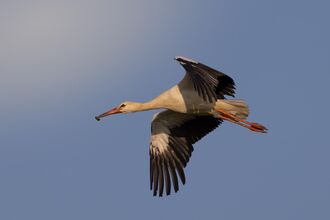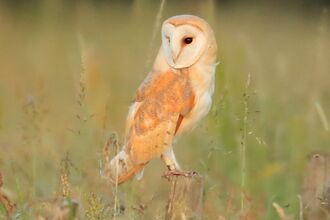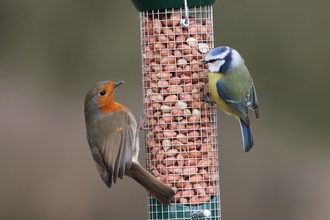At the start of this year London Wildlife Trust was awarded a grant of £21,000 by Viridor Credits Environmental Company, through the Landfill Communities Fund, to help expand habitats for around 30 special butterfly species that can be found at Hutchinson’s Bank nature reserve.
The butterflies include grizzled skipper, dark green fritillary, small blue, brown argus, and chalk hill blue. All have been helped to thrive by the Trust’s work to reduce scrub encroachment and allow controlled grazing, but it was the sighting of another species that really highlighted the project’s success.
Seeing the butterfly here means we have managed to strike a balance and get the best of both worlds
The beautiful brown hairstreak hadn’t been seen for several years at Hutchinson’s, which is one of the richest remaining chalk grassland habitats in London. These rare butterflies spend their time high in the tops of ash trees, where they feed on honeydew from aphids and bask in the sun, or hiding among thick hedges.
This summer Martin Wills, a local volunteer, was lucky enough to spot a brown hairstreak at the reserve in New Addington, Croydon, and it’s now hoped the butterfly will again be a regular resident there.
Shaun Marriott, South London Reserve Manager for London Wildlife Trust, said: “It is very encouraging to see the brown hairstreak back at Hutchinson’s. They are very elusive and haven’t been seen here for many years. We have cut back the scrub to make way for wildflowers, but it was important we didn’t remove too much because the brown hairstreak lays its eggs on blackthorn. Seeing the butterfly here means we have managed to strike a balance and get the best of both worlds.”
Many butterfly species, including the brown hairstreak, have experienced severe declines in numbers over recent years and work to improve and expand their habitats is crucial to reversing this trend. Nationally, areas of chalk grassland like Hutchinson’s Bank have reduced by 97% in the last 60 years because of suburban development, invasive species, and changing farming methods. Climate change could also add another threat to this habitat in future. With only around 40,000 hectares remaining, chalk grassland is now a priority habitat under the UK Biodiversity Action Plan (BAP).
Gareth Williams, Funded Projects Manager at Viridor Credits, said: “Preserving our rare wild spaces is a major aim of the Landfill Communities Fund and the Viridor Credits Board. By working with partners such as London Wildlife Trust, Viridor Credits can deliver funding to protect nature all over Britain.”
Hutchinson’s Bank is managed by London Wildlife Trust on behalf of the London borough of Croydon.



